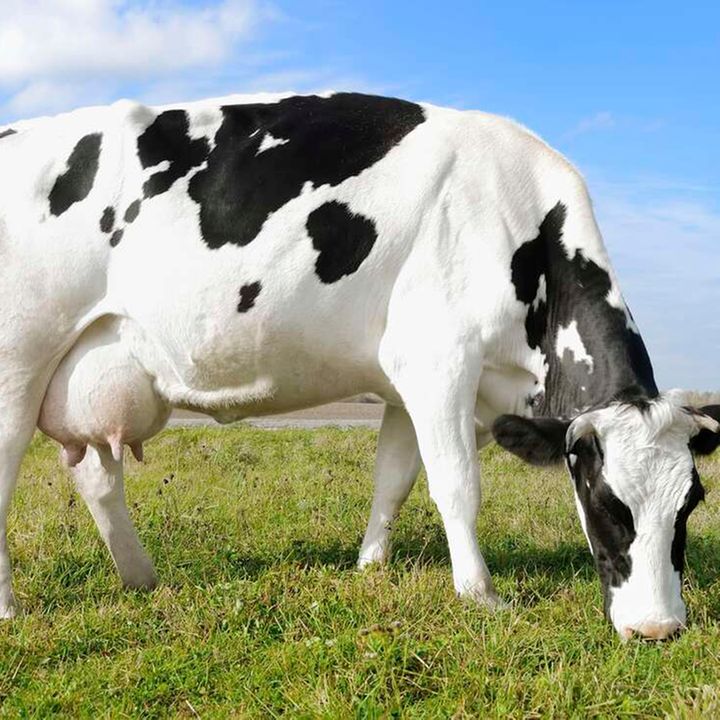Prime
When buying emaciated cow is not a bad idea

What you need to know:
- I observed there was actually very little cow dung in what she called manure. Most of it was the plant bedding she had provided not for the cow’s sleeping comfort but to generate what she termed manure
The cow looked bad. It was confined to a small waterlogged enclosure. Fortunately, it had not yet developed lameness. I could, however, tell it was only a matter of time and it would get foot rot and start limping if it continued to live in those conditions.
My client, Kamau, asked me if he could buy the cow and rehabilitate it. He wanted to know if the animal was actually sick. I examined the cow and found no signs of illness but it was a long-standing case of extreme malnutrition.
The face looked sad and forlorn. The hair was long, thin and coloured brown. Yet, it was a high grade Friesian mix with some Sahiwal. I estimated the cow, if well-fed, could produce up to 20 litres of milk per day from less than a litre it was offering.
The shrunken muscles in the thighs and arms looked such as tout cords. I could pick out most of the bones in the live animal from my knowledge of a cow’s anatomy. The backline was bald from the base of the tail to the withers – the point of convergence of the shoulders.
I enquired from the owner why she had kept the poor animal in such misery. She said she had no time to take care of the animal but she needed manure for her vegetables.
I observed there was actually very little cow dung in what she called manure. Most of it was the plant bedding she had provided not for the cow’s sleeping comfort but to generate what she termed manure.
Die of malnutrition
I told her she would be better off buying manure than keeping a live being in such misery. At that point, she agreed to sell the cow to Kamau at a small fraction of the cost it would have garnered at its prime. I cautioned Kamau that he was taking a big risk since the animal could die of malnutrition before he stopped the body deterioration and fattened it.
As Kamau opened for the animal to drive it the short distance to his farm, the owner cautioned him the cow had not conceived for the last three years and also never came on heat. I told Kamau that was part of the risk he was taking. A cow in that body condition would never come on heat.
You see, when animals get into severe shortage of nutrients, they start shutting down those functions that are not essential to maintaining life. Reproduction is normally one of the first casualties. It is for the same reason that the hair along the backline had fallen off. Hair is important in protecting the skin from injury and infection, modelling the beauty of the animal and regulating the body temperature. It is, however, not directly essential in the maintenance of life.
Kamau asked me whether I really thought he could rehabilitate the animal and recover his money. I philosophically told him one should only gamble with money they can afford to lose. He understood and drove off the cow.
As the animal moved, the hind legs knocked against each other. At some point I thought the cow would actually stagger and fall. Once on Kamau’s farm, the cow appeared to be in paradise. It was eating anything green including plants I have only seen goats eating. Fortunately, none was toxic. I commented this was the appetite of severe deprivation.
Cost of rehabilitation
Kamau was at a loss on what he could feed this voracious consumer. I explained to him it was only a matter of time and the cow would settle to normal eating. Kamau told me he did not wish to feed the cow on dairy meal or other concentrates to manage the cost of rehabilitating it. He argued that since the animal was not giving milk, then concentrate would be expensive.
I noticed he had recently bought high quality manure for his vegetables. I advised him to put aside some of the chicken waste to feed the cow. It would provide the much-needed protein. Further, chicken waste from commercially raised birds also contains a lot of spilt feed that enriches the waste with energy.
I advised Kamau to ensure the chicken waste was spread in the sun to dry and then stored in a cool dry place. The waste should be introduced in small quantities starting from one kilo daily, up to a maximum of 6kg.
I also told him to feed the cow about 200g of high quality mineral salt daily until the body condition improved, the hair changed to black and white and the hair regrew on the backline. By that time, the animal would have increased milk production and would also come on heat.
It is now six months since Kamau risked his money on a skeleton cow. Today, he has a beautiful Friesian cow that is three months pregnant and produces six litres of milk per day. The cow also looks happy, active and ready to produce up to 20 litres of milk daily when it calves down. It is also worth about five times the purchase price.
Feed costs
Kamau was at a loss on what he could feed this voracious consumer. I explained to him it was only a matter of time and the cow would settle to normal eating. Kamau told me he did not wish to feed the cow on dairy meal or other concentrates to manage the cost of rehabilitating it. He argued that since the animal was not giving milk, then concentrate would be expensive.





